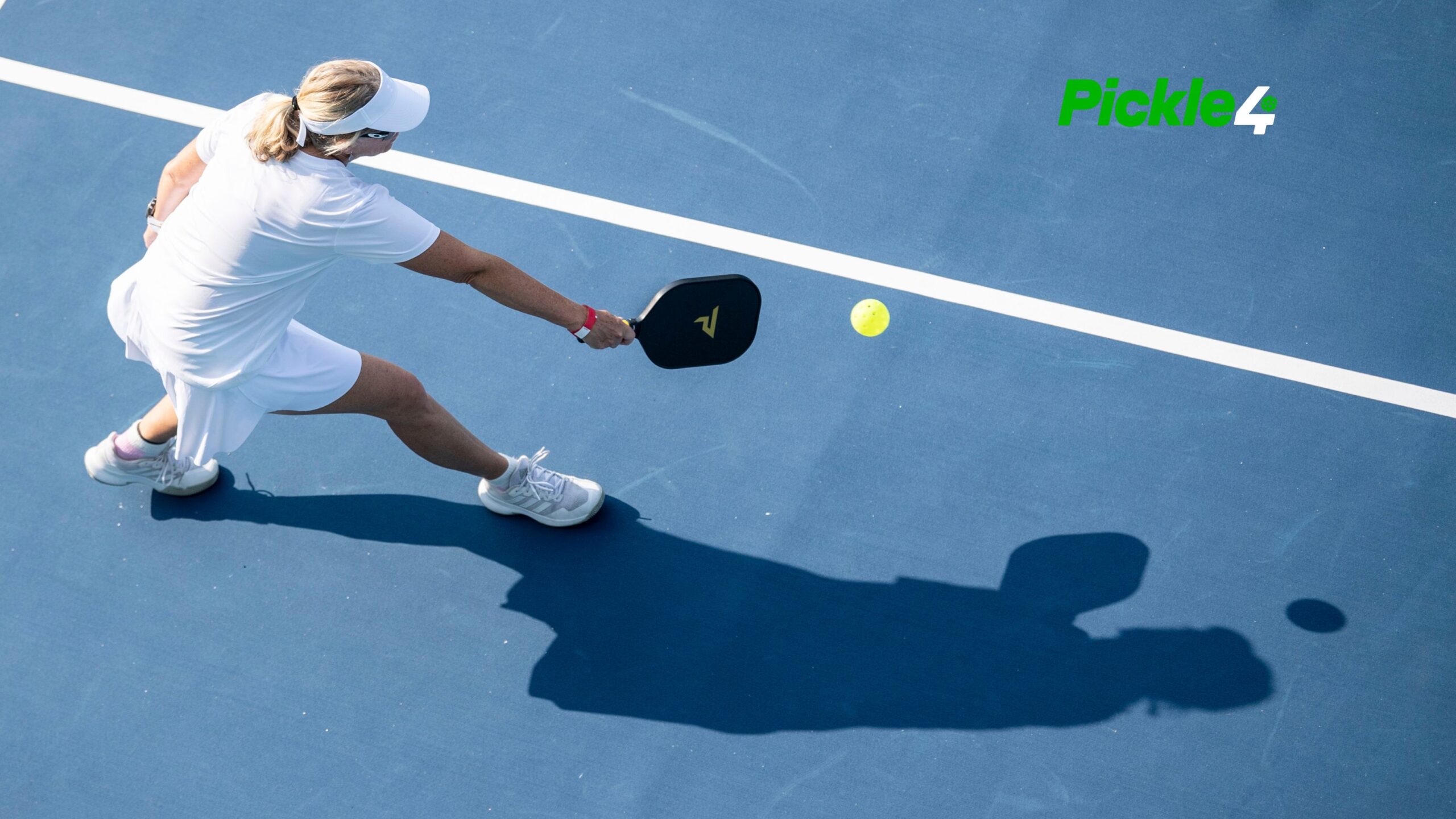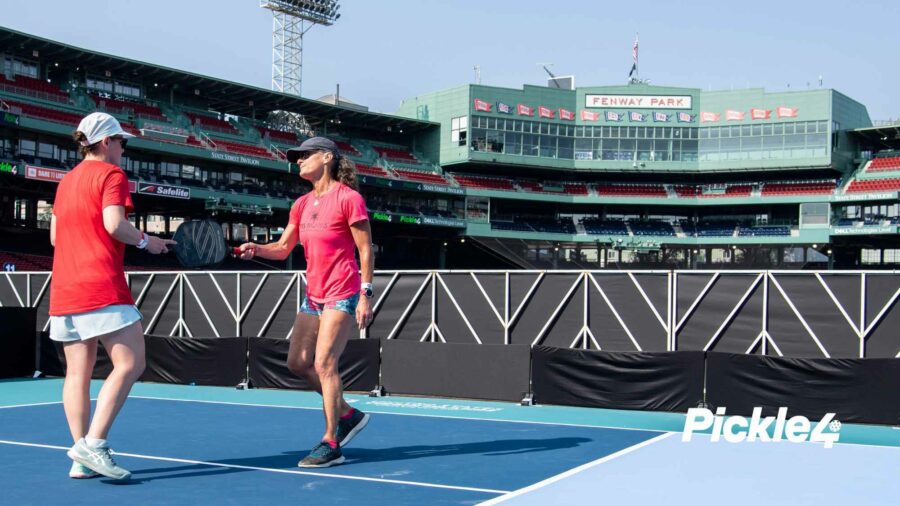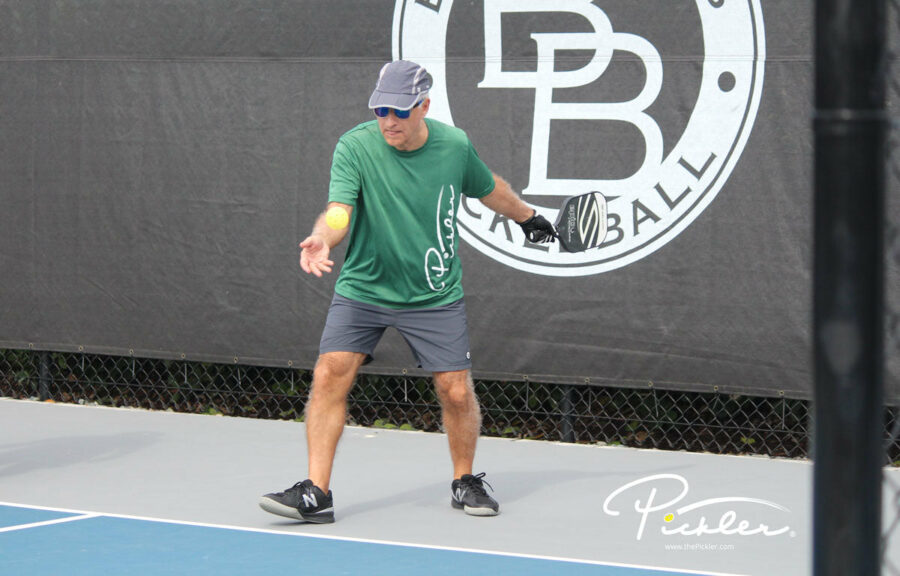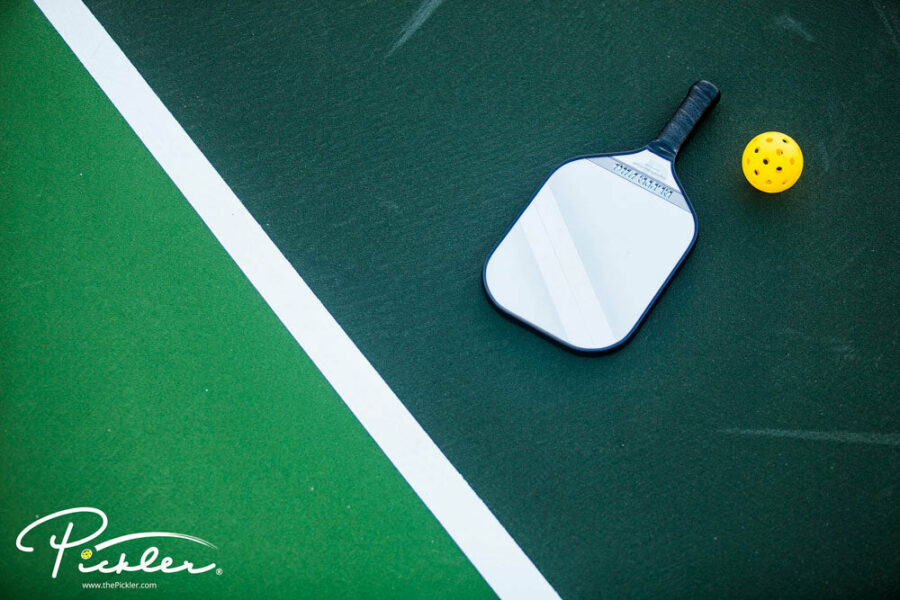Unlocking the Potential of Skinny Singles: A Comprehensive Guide
Skinny singles, a unique form of singles in pickleball, offers players an exciting twist to traditional game-play. By dividing the court in half, it introduces a dynamic element to the sport, allowing for strategic maneuvers and enhancing both individual and doubles techniques. Let’s delve into the benefits of skinny singles and explore a more engaging way to play.
Understanding Skinny Singles
Skinny singles, as conventionally defined, involves dividing the pickleball court in half, either along the centerline or by using the diagonal service courts. This modification not only makes it easier to cover ground but also adds a layer of complexity reminiscent of doubles play. Unlike regular singles, where you cover the entire court, skinny singles requires you to manage only half, resembling the responsibilities of a doubles player.
The Motivation Behind Skinny Singles
Many players, including myself, were drawn to skinny singles to hone their doubles techniques. Playing with my wife, we initially adopted the “straight on” approach, focusing on one half of the court while hitting straight ahead.
THE “OLD WAY”

Oh, the line call arguments we had when it came to dinking in the center!
I played in a tournament three or four years ago (before skinny singles was recognized by USAPA) and won a gold medal. How? By lobbing off a dink. The game was played straight on, as shown in the diagram.
NORMAL SERVE POSITIONING
However, because we weren’t really serving (you never serve straight ahead) my wife and I changed the game so that we served crosscourt based on our scores, like regular singles.

USAPA’s Influence on Skinny Singles
As the popularity of skinny singles grew, the USAPA established its own set of rules, shaping the game’s progression. However, the prescribed method seemed to shift the focus more towards a ground stroke game, deviating from the realistic serving and receiving dynamics. You can USAPA’s description at this link: https://usapickleball.org/wp-content/uploads/2021/08/Approved-Instructions-plus-Examples-and-Tips-20220808.pdf
If you read this document, then you will see that the game will progress as follows:

The score is 0-0. Assume that the server wins the first point. The game will now be played as shown below (score is 1-0):

Here is my problem with this approach – you are now playing a ground stroke game, not a game in which the server is serving as he or she would in a real game. Yes, you still have a control game, but it is not realistic from a serving or receiving point of view.
A Proposal for Enhanced Skinny Singles Play
To elevate the skinny singles experience, consider an alternative approach. Inspired by a YouTube video, my wife and I found a more engaging way to play. When both players have odd or even scores, the game is played crosscourt. In case of an odd-even score combination, the return of serve is down the line, introducing a strategic twist.
This modification not only aligns more closely with realistic serving scenarios but also challenges players to think strategically about their serves. It offers a nuanced game-play experience, especially beneficial for those practicing doubles techniques.

BOTH SCORES ARE EVEN
If both players’ scores are even, then it would be played just as it would be of the score was 0-0.
Here is the twist in the game—when one player has an odd score, and the other has an even score, the return of serve is down the line, not crosscourt.
Assume that the score is 2-1, where the server has 2 points. The serve would be crosscourt, just as it would normally be. However, the receiver will return straight ahead and the game then proceeds straight ahead.

ONE SCORE IS ODD AND THE OTHER EVEN
If one player had an even score and one player has an odd score, the game is played as shown above(server has an odd score).

ONE SCORE ODD AND ONE EVEN AGAIN
Why is this better (in my opinion)? It is more realistic from the serving point of view, and it varies the return of serve. It also makes the server think a bit more strategically where to place the serve. In the example above where I am the server, I will stand more to the middle and serve down the middle so I can get into position to play the ball after it is returned. It is a more realistic game if you are practicing doubles techniques.
The other advantage to this game is that it gives the returner the opportunity to practice different returns of serve. In the example above, if I were the receiver, I would try to hit a deep, soft serve down the line, thereby giving me the chance to get to the net.
Application to Stacking
Extending the versatility of skinny singles, my wife and I experimented with stacking. Aligning with our skill sets, we designated the even and odd courts. The rotation from the odd to even court after serving adds a layer of complexity, making the game applicable to stacking strategies.
For example, assume that the score is 1-0 (or any odd score where the Even player will be serving). The Even player will move to the odd court to serve. After the serve, the Even player will move to the even court. Most likely, the returned will return to the even court for several reasons.

Conclusion
Incorporating these enhancements into your skinny singles play can provide a more dynamic and strategic experience. Whether you are focused on refining your doubles techniques or seeking a fresh perspective on singles play, exploring these variations may reveal a preferred approach that adds excitement and depth to your pickleball game.
Elevating Skinny Singles: A Final Game-Changing Tip
In our recent sessions of skinny singles, my wife and I have introduced an intriguing twist: after serving and receiving the return, the serving player is mandated to execute a third-shot drop. This adjustment not only adds a layer of skill development but also enhances the overall dynamics of the game. Here’s why this approach proves to be beneficial:
1. Mastery of Third Shot Techniques
By incorporating a mandatory third-shot drop, players have the opportunity to refine and perfect this crucial element of doubles play. The emphasis on executing precise third shots contributes to skill enhancement and prepares players for the strategic demands of doubles matches.
2. Instinctive Net Approach for Returners
As the receiver, consistently engaging in the third-shot drop routine cultivates a natural instinct to advance towards the net. This instinctive move not only strengthens net play but also positions the player strategically, ready to capitalize on the ensuing rally.
3. Varied Game-play Scenarios
Implementing the third-shot drop requirement transforms the ensuing point into a versatile experience. Players may find themselves engaged in a dink game, a fast-paced “fire fight,” or a combination of both – mirroring the dynamic scenarios encountered in doubles matches.
By incorporating this final suggestion into your skinny singles game-play, you not only refine specific skills crucial to doubles but also infuse a new level of excitement and strategic thinking into each point. Embrace the challenge and watch how this simple adjustment elevates your overall performance on the pickleball court.




